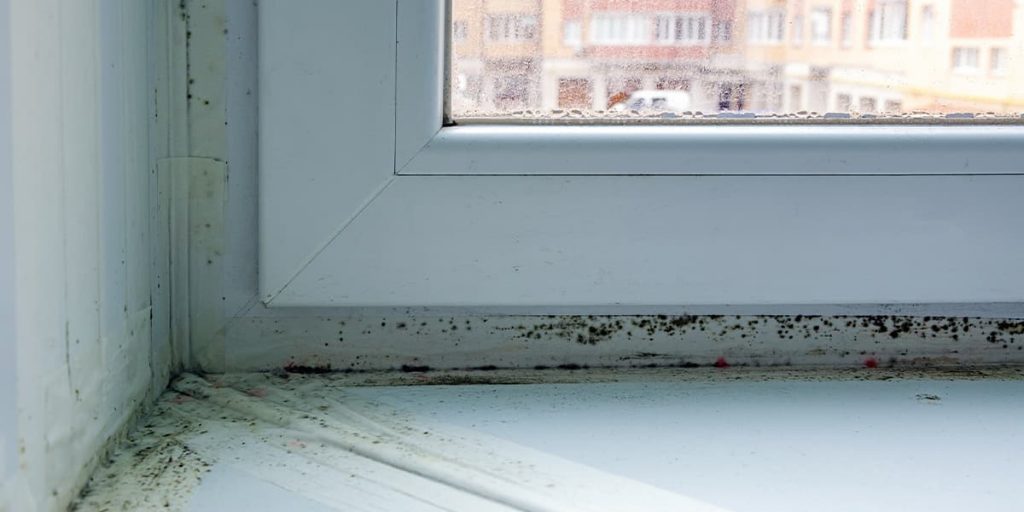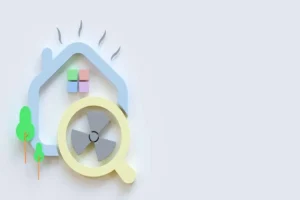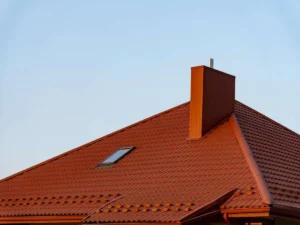Where can you find mold in home

Mold is a problem that can affect your health, your home’s structure, and its value. One of the most important things to remember about mold is that it can grow anywhere there is moisture, whether from a leaky pipe, a wet towel left on the floor, or condensation on a window. Mold can be black, white, green, or even pink and often has a musty smell.
Mold is a fungus that can grow indoors and outdoors and thrives in damp, warm, and humid environments. Mold can cause various health problems, including allergies, asthma, and respiratory infections. Therefore, looking for signs of mold in your home is essential. You can request mold testing services from an inspection company like Peace of Mind.
Mold can cause severe health problems
When you see mold, it’s crucial to take action. Mold can cause health problems like asthma, infections, and even cancer. People exposed to mold may experience respiratory problems, skin irritation, and allergic reactions. In some cases, mold exposure can also lead to severe infections. If you suspect that you have mold in your home, it is vital to have the area tested by a professional. If mold is present, it is essential to take steps to remove it and prevent it from coming back. Otherwise, you may be putting your health at risk.
Mold has a distinct smell
The smell of mold is one of the most common signs that it’s present in your home. Mold tends to have a musty or earthy odor, but not all types of mold give off this distinct smell. For example, some indoor fungi may have a pleasant scent, like fruit or bread.
Mold can also be detected by its appearance. If you notice black spots and patches on your ceiling or walls, check them closely—these are often signs of mold growing behind the surface where it’s harder to see (and less likely to be cleaned off).
If you think there might be mold growing in your attic or basement, look at how damp these areas are: if they appear wetter than usual and have an unpleasant odor similar to dirt or rotting wood, then chances are good there could be mold present as well!
Black spots may not always be mold
That’s because black spots can also be dirt. Mold grows in the dark and on any surface. If you see tiny black spots growing around your home—especially in damp and humid areas (like basements)- you should take action immediately.
Mold can grow on wood, drywall, carpeting, furniture, and anything else made out of organic material, such as paper products like cardboard boxes or books with pages made from wood pulp which are high-humidity environments for mold to thrive. It’s important not to let these items sit around damp long enough for them to start growing mold spores.
New construction may still have mold
Mold can grow on the walls and floors of new construction. New homes, condos, and apartments are often constructed with concrete slabs on grade. These slabs are smooth, which makes it difficult for water to be absorbed by the soil below. Without proper drainage and drying out of these areas, mold may grow in your new home’s walls or floors.
Selling Or Buying A Property? You’ll Need Help From Certified Home Inspectors!
Drywall is prone to mold growth
When the drywall is exposed to moisture, it can be a breeding ground for mold. It is not uncommon for homeowners to find that their walls have started to show mold growth following a flood or other water damage. While this may seem easy, removing mold from drywall is much more complicated. The soft texture of the material makes it difficult to scrub away with ordinary household products such as bleach and detergent. In addition, you must be careful not to scrape off large portions of the material when trying to scrub away small mold spots!
When removing molds from your walls, make sure you use approved masks (such as N95 particulate respirators) so that you do not inhale any spores into your lungs during cleanup efforts.
There may be mold on your clothes or shoes
Mold can grow on clothes, shoes and bags. Mold can cause allergic reactions and asthma attacks. If you have respiratory problems, such as chronic bronchitis or emphysema, mold can make it worse.
Mold thrives in damp areas with high humidity such as basements and closets. It may also grow behind walls where moisture comes from leaks or flooding.
New furniture might have mold
If the furniture you’re considering has been made from pressed wood, there are likely some microscopic mold spores in it. Pressed wood combines sawdust, glue, and other additives molded together under high pressure and heat. This makes it easy to shape into different forms and sizes but increases its susceptibility to mold growth. For this reason, hardwood products are less likely to have molds than pressed wood, like particleboard or plywood (another type of pressed wood).
Hardwood furniture may have been stored outdoors for many months before you purchase it at an estate sale or consignment store. Keep that in mind if you’re buying used pieces which haven’t been cleaned thoroughly since their previous owner left them outside last year’s rainy season—or maybe even longer!
Mold needs the right conditions to grow
Mold needs the right conditions to grow. It can’t survive in a dry environment and requires a food source to thrive. You may not see mold or mildew growing on your walls, but it could lurk beneath your paint or wallpaper.
Mold needs moisture, food source, temperature, and ventilation to grow. If you have any of these factors present in your home—even if they seem small—molds will begin to develop and multiply at an alarming rate.
To prevent mold from becoming established in your home:
- Keep humidity levels low by using dehumidifiers during humid seasons; check with your local utility company for energy-efficient options that won’t break the bank on electricity bills.
- Eliminate excess humidity by repairing leaky faucets; don’t let water sit on surfaces such as bathroom floors after showering or bathing children since this can contribute to mold growth;
- Ensure airtight windows seal properly around window frames so warm air doesn’t escape outside during winter when the heating system is used regularly throughout the day without being turned off by mistake due to forgetfulness (which is terrible).
Get mold testing before you move into a new house
The first step to preventing mold is knowing how to spot it. Mold can be difficult to detect because it often looks like nothing more than discoloration, but you shouldn’t rely on your eyes alone. Mold has a distinct smell that should alert you if something isn’t right in your home. If you smell something musty or rotten, check for mold immediately before more damage is done; do not wait until the problem worsens!
Many people think about waiting for mold testing before moving into a new house, but it can be a wise investment. Mold can cause various health problems, from respiratory to skin irritation. It can also damage your belongings, causing them to rot or mildew. If you’re moving into a house with water damage, it’s essential to get a mold inspection. Mold testing is an important step in protecting your health and your possessions, so take it.
Conclusion
You don’t want to move into a house with mold problems, which can be hard to spot if you don’t know what to look for. It all comes down to knowing what signs indicate that there may be mold in your home so that you can take action before it becomes an issue later on down the road. Hire a company that offers mold and radon testing to ensure your prospective property is free of hazardous substances. Contact Peace of Mind today!
Avoid Problems, Hire Certified Inspectors!
Please, leave us your message and we’ll be happy to help you with your inspection.

 Previous Post
Previous Post Next Post
Next Post



